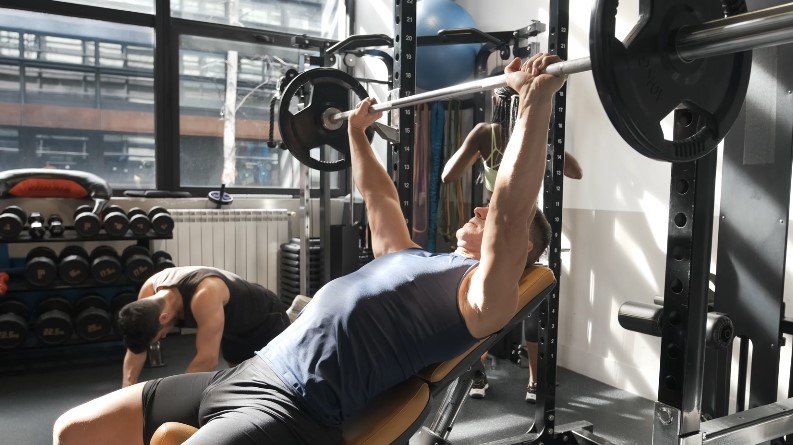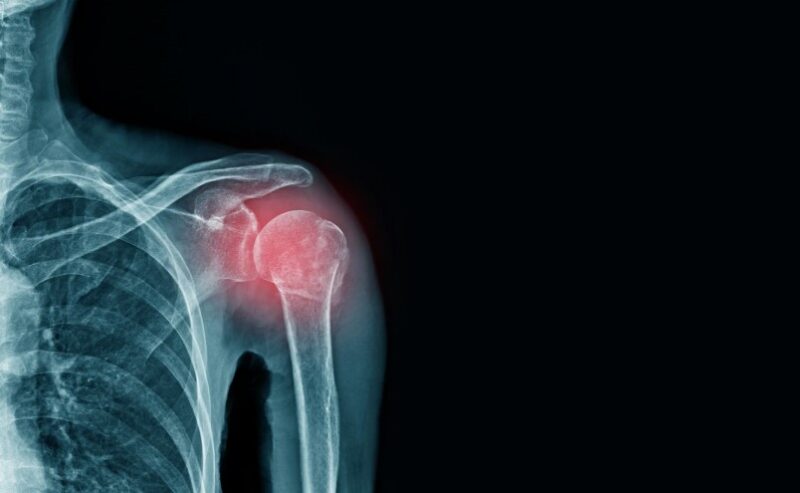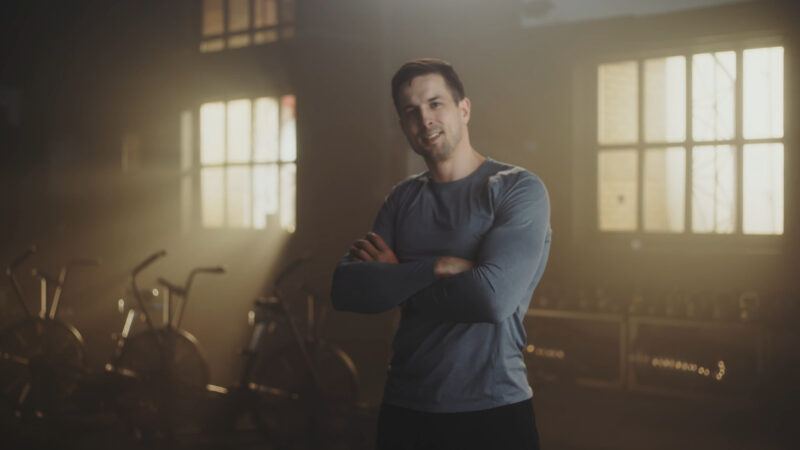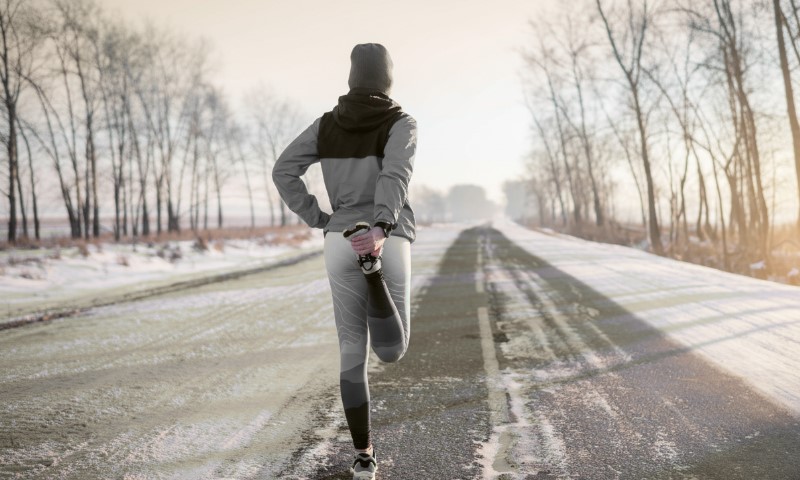Shoulder injuries are among the most common issues athletes and active individuals face. The shoulder joint, while extremely mobile, is also highly susceptible to damage due to its complex structure and the various forces it experiences during movement. Whether you’re lifting weights, participating in sports, or simply performing daily activities, improper movements or excessive strain on the shoulder can lead to serious, long-term injuries.
According to the American Academy of Orthopaedic Surgeons (AAOS), shoulder injuries account for over 4 million visits to the doctor each year in the United States alone. From rotator cuff tears to impingement syndrome, these injuries can severely impact mobility, strength, and overall quality of life.
Table of Contents
ToggleKey Takeaways
| Trigger | Training Solution |
| Poor Posture | Maintain neutral spine, engage scapular muscles. |
| Incorrect Lifting Technique | Focus on form, use lighter weights, and slow, controlled movements. |
| Muscle Imbalance | Include rotator cuff strengthening and back exercises. |
| Overtraining | Ensure adequate rest, vary exercises, and monitor training volume. |
| Inadequate Warm-up | Prioritize shoulder-specific warm-ups with mobility drills. |
| Poor Mobility and Flexibility | Perform shoulder stretches and mobility exercises regularly. |
Poor Posture and Alignment
| Issue | Description | Statistical Impact |
| Forward Head Posture | Slouching or forward tilting of the head can lead to shoulder pain. | Poor posture increases the risk of shoulder impingement by 25%. |
| Rounded Shoulders | This posture shortens chest muscles and weakens the back. | Rounded shoulders contribute to up to 60% of rotator cuff injuries. |
| Hyperkyphosis | Excessive curvature of the upper back (hunchback) places extra stress on the shoulder. | Linked to chronic shoulder pain and decreased range of motion. |
Posture plays a major role in shoulder health. Poor alignment creates abnormal strain on muscles and ligaments, leading to injury over time, according to www.kevinkrusemd.com.
Regularly correcting posture and practicing proper alignment during both static and dynamic movements can significantly reduce strain on the shoulder joints.
Incorrect Lifting Technique

| Exercise | Common Mistakes | Risk Factor |
| Overhead Press | Pressing weight too far behind the head or using excessive weight. | Increases the risk of rotator cuff damage and shoulder impingement. |
| Bench Press | Flaring elbows out too much during press. | Puts added stress on the shoulder, leading to labrum tears. |
| Deadlifts | Using a rounded back and shoulders, lifting with improper form. | Places unnecessary stress on the shoulders and traps. |
Incorrect technique is one of the leading causes of shoulder injuries, particularly in weightlifting. Overloading the shoulder joint or lifting with poor form can lead to serious damage.
Solution: Always perform exercises with controlled movement, use appropriate weight, and focus on proper form. Consider consulting a professional trainer to ensure correct technique, especially during overhead lifts.
Imbalanced Muscle Development
| Muscle Imbalance | Description | Impact on Shoulders |
| Weak Rotator Cuff | Failure to develop rotator cuff muscles can lead to instability. | Weakness increases the risk of tears or sprains during movement. |
| Tight Chest Muscles | Overdeveloping chest muscles without balancing back muscles. | Causes shoulder instability and poor movement mechanics. |
| Poor Scapular Control | Weak scapular stabilizers (e.g., traps, rhomboids) hinder shoulder function. | Results in improper shoulder motion, leading to impingement. |
Muscle imbalances are a key contributor to shoulder injuries. Failing to balance strength across the shoulder and upper body can lead to abnormal joint movements, causing wear and tear on the rotator cuff and other critical structures.
According to the National Institutes of Health (NIH), individuals with weak rotator cuff muscles are four times more likely to experience shoulder injuries during physical activity.
Solution: Incorporate exercises that target the entire shoulder and upper back muscles, including rotator cuff strengthening and scapular stabilization exercises. Equal attention should be paid to chest, back, and shoulder muscles to ensure balanced development.
Overtraining and Lack of Recovery

| Risk Factor | Description | Impact on Shoulders |
| Insufficient Rest | Failing to give the shoulders time to recover between workouts. | Leads to fatigue and overuse injuries, such as tendinitis. |
| Repetitive Movements | Performing the same shoulder exercises frequently without variation. | Puts excessive stress on the tendons and rotator cuff. |
| High Frequency of Overhead Lifts | Overusing the shoulders with excessive overhead pressing movements. | Increases the risk of shoulder impingement and bursitis. |
Overtraining is a significant contributor to shoulder damage. When the body is pushed beyond its recovery capabilities, muscle tissue doesn’t have enough time to repair, which leads to weakness and injury.
A study published by The American Journal of Sports Medicine indicated that athletes who train without adequate rest are at an increased risk for tendinitis and rotator cuff injuries.
Solution: Ensure sufficient recovery time between workouts, especially for the shoulders. This includes taking days off, stretching, foam rolling, and engaging in activities that promote blood flow and muscle healing. Varying your workout routine also helps prevent repetitive stress injuries.
Inadequate Warm-up

| Warm-up Activity | Common Mistakes | Risk Factor |
| Skipping the Warm-up | Jumping into heavy lifting or high-intensity exercises without preparing the body. | Increases the risk of muscle strains, ligament sprains, and joint injuries. |
| Incomplete Rotator Cuff Activation | Not including exercises that specifically target the rotator cuff muscles. | Failure to activate the stabilizers increases shoulder vulnerability during exercise. |
Skipping a warm-up or not focusing on shoulder-specific movements can leave the joint unprepared for the load. A proper warm-up increases blood flow to muscles and ligaments, improving joint mobility and reducing the likelihood of injury.
The National Academy of Sports Medicine (NASM) reports that 70% of shoulder injuries in athletes could be prevented with proper warm-up techniques.
Solution: Always include a dynamic warm-up, including shoulder mobility exercises, light resistance band work, and stretches targeting the shoulder joint, before engaging in heavy lifts or high-intensity workouts.
Poor Mobility and Flexibility

| Issue | Description | Impact on Shoulders |
| Lack of Shoulder Mobility | Restricted range of motion (ROM) in the shoulder joint due to tight muscles or tendons. | Increases stress on the shoulder joint during exercises. |
| Tight Upper Back and Chest | Limited flexibility in the chest and upper back muscles can affect shoulder movement. | Reduces shoulder stability and impairs proper function. |
Limited shoulder mobility can cause improper shoulder mechanics, increasing the risk of impingement and rotator cuff injuries. A 2016 study published in the Orthopaedic Journal of Sports Medicine found that shoulder impingement syndrome is linked to reduced joint mobility, leading to inflammation and tears in the rotator cuff.
Solution: Incorporate flexibility and mobility drills into your training routine. Shoulder stretches, foam rolling, and resistance band exercises can improve joint range of motion, reduce tightness, and enhance overall shoulder health.
Conclusion
Shoulder injuries are preventable with the right approach to training. By focusing on posture, proper lifting techniques, balanced muscle development, and sufficient rest, you can minimize the risk of shoulder damage.
Incorporate mobility exercises, warm-up protocols, and active recovery into your routine to keep your shoulders healthy and strong. Whether you’re lifting in the gym or participating in sports, protecting your shoulders from the triggers listed above will keep you performing at your best while avoiding long-term injuries.
Related Posts:
- How Can You Start a Career as a Running Coach?
- Lower Back Pain While Running? Here's What You Need to Know
- Top 400 Hilarious Gym Quotes to Keep You Motivated
- 25 Simple Running Motivation Tips To Get You Moving
- 10 Best Running Documentaries - Inspiring Films for Runners
- Tendonitis, Shin Splints, and Other Common Leg…







